What is the strongest force in the Universe?
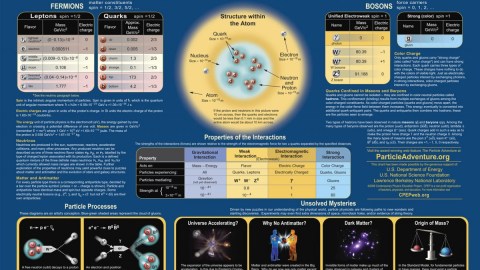
The answer depends on what scales you’re looking at.
“The world is the great gymnasium where we come to make ourselves strong.” –Swami Vivekananda
When it comes to the fundamental laws of nature, we can break everything down into four forces that are at the core of everything in the Universe:
- The strong nuclear force: the force responsible for holding atomic nuclei and individual protons and neutrons together.
- The electromagnetic force: the force that attracts and repels charged particles, binds atoms together into molecules and life, and causes electric current, among other things.
- The weak nuclear force: the force responsible for some types of radioactive decay and the transmutation of heavy, unstable fundamental particles into lighter ones.
- And gravity: the force that bind the Earth, the Solar System and the stars and galaxies together.
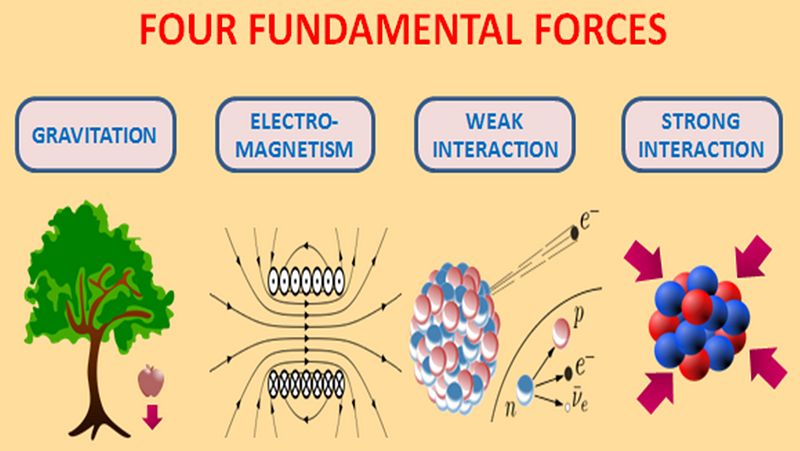
Depending on how you look at it, each force has a scale and a circumstance under which it shines above all others.

Go down to the smallest scales — 10^-16 meters, or a million times smaller than an atom — and the strong nuclear force can overcome all the others. Take the helium nucleus, for example: two protons and two neutrons, bound together in a stable configuration. Even the electromagnetic repulsion between the two protons isn’t enough to overcome the glue-like strong force holding the nucleus together. Even if you take a neutron away, leaving you with two protons and just one neutron, that isotope of helium is stable as well. The strong force, at the tiniest distances, will consistently overcome all the others, and hence under many circumstances can be considered the strongest.
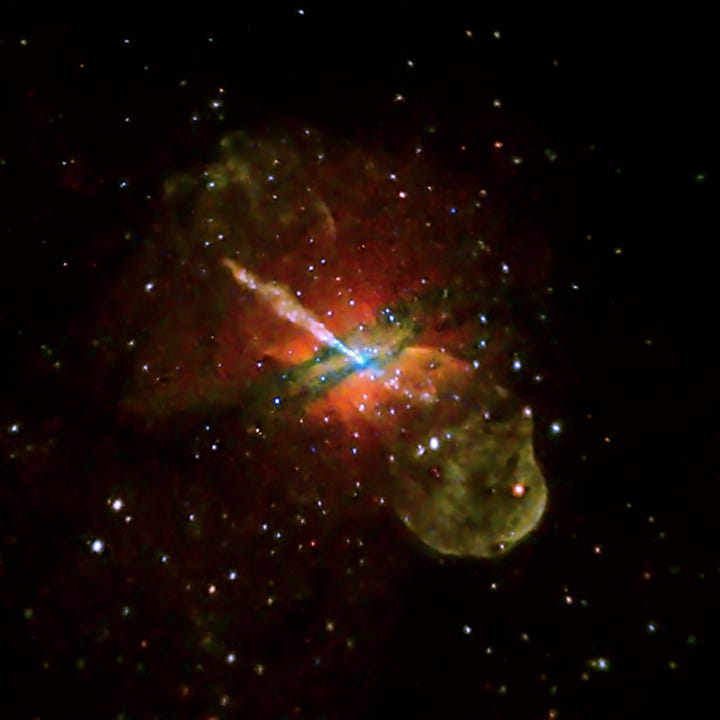
But try building your atomic nucleus too large and the electromagnetic force takes over. Uranium-238, for instance, will spit out a helium nucleus every so often, as the repulsion between the different parts of the nucleus is too great for the strong force to hold it all together. On larger, cosmic scales, it’s the intense magnetic fields generated by collapsed stars and rapidly rotating, charged matter that can accelerate particles to the greatest energies in the Universe: the ultra-high energy cosmic rays that bombard us from all directions in the sky. Unlike the strong force, there’s no limit to the range of the electromagnetic force; a proton’s electric field can be felt from the other side of the Universe.

The weak nuclear force might seem the lousiest candidate for the strongest force, given its name, but even this relative weakling has its moments to shine. Under the right conditions, the electromagnetic force (working to repel like-charged components) and the strong nuclear force (working to bind nuclei together) can cancel each other out, allowing the very-short-range weak force to rise to prominence. When it does, it can make all the difference to the stability of a system, as it can cause radioactive (beta) decay, where a neutron transforms into a proton, electron and an anti-electron neutrino. Free neutrons, many heavy elements and even Tritium, the unstable isotope found in radioactive (tritiated) water, all highlight of the power of the weak force.
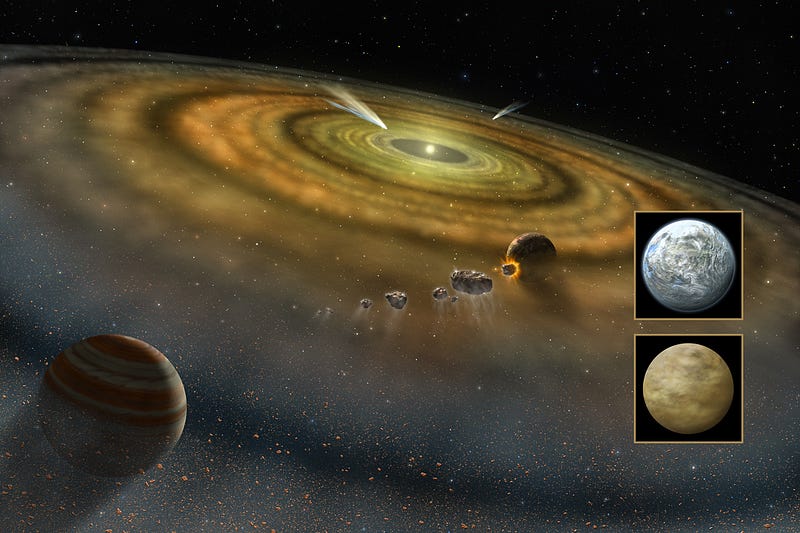
But on the largest scales — on the scale of galaxies, clusters of galaxies and more — none of the above forces matter all that much. Even electromagnetism, whose range can extend across the Universe, doesn’t have much effect, since the number of positive charges (mostly protons) and the number of negative charges (mostly electrons) appears to be exactly equal. Even observationally, we can constrain the charge difference in the Universe to be less than one part in 10³⁴. The Universe is telling us that even though electromagnetism might be much stronger than gravity between any two particles, if you get enough particles together that are overall electrically neutral (or close to it), gravitation will be the only force that matters. Nuclear fusion and the associated radiation pressure can’t even rip stars apart, as their gravitational attractive force overcomes that energetic outward push.
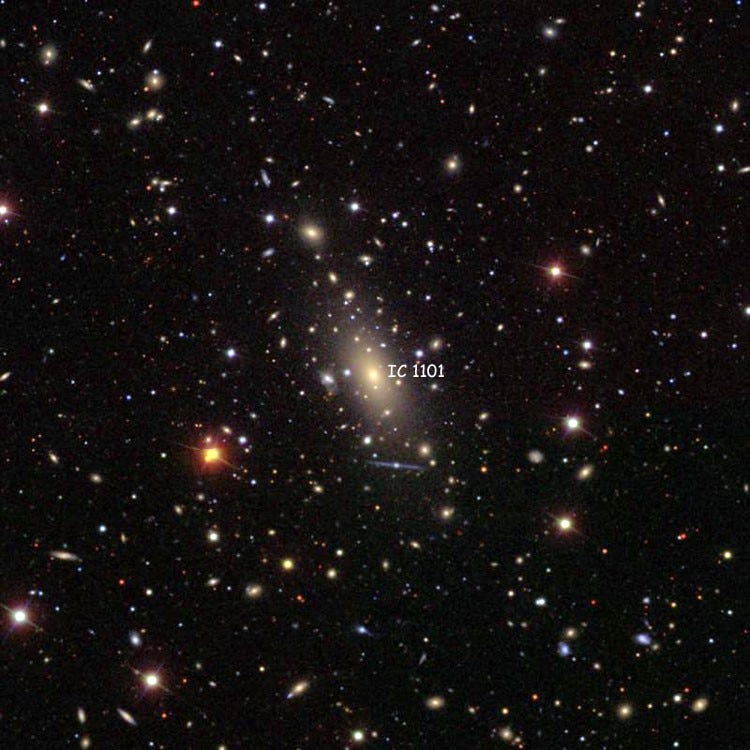
Clusters of galaxies and tremendous, large structures can be found spanning more than a billion light years in size throughout the Universe. And yet, if you go looking for structures 8, 10 or 15 billion light years across, you will find absolutely zero in the entire cosmos. The reason for it, quite puzzlingly, isn’t due to any of the forces we’ve mentioned, but rather to a phenomenon entirely unexpected: dark energy.
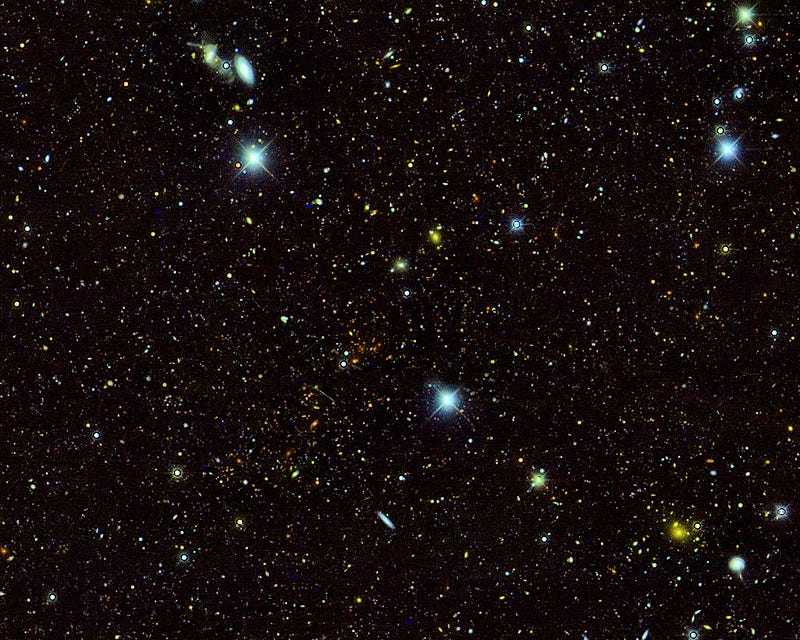
On the largest scales, the fundamental, tiny amount of energy inherent to space itself — less than one Joule of energy per cubic kilometer of space — is enough to overcome even the gravitational attraction between the most massive galaxies and clusters in the Universe. The result? An accelerated expansion, as the most distant galaxies and clusters move farther and farther away from one another at ever faster rates as time goes on. On the largest cosmic scales, even gravity doesn’t get its way.

So who’s the strongest? On the smallest scales, it’s the strong force. To reach the highest energies, it’s the electromagnetic force. For the largest bound structures, it’s gravity. And on the largest scales of all, it’s the mysterious puzzle of dark energy. In terms of absolute magnitude, dark energy is the weakest thing of all: it took the Universe nearly half its age just to begin revealing its effects, and it wasn’t even discovered by humanity until 1998. But the Universe is a very large place, and when you add up the entire volume of space and look to the far future, dark energy will be the only force that matters in the end.
This post first appeared at Forbes. Leave your comments on our forum, check out our first book: Beyond The Galaxy, and support our Patreon campaign!





